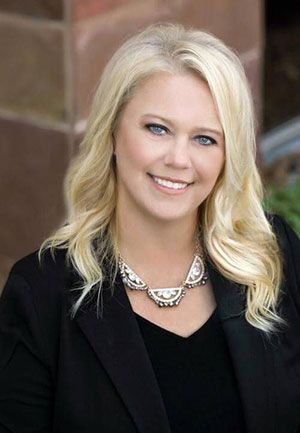As modern families continue to evolve, blended families are becoming more common and with them come unique estate planning challenges. In California, where community property laws intersect with complex family dynamics, it’s essential to have a carefully crafted plan that honors your wishes and protects every member of your family.
Whether you’re newly remarried or have been part of a blended family for years, proactive estate planning can prevent unintended consequences, like a surviving spouse accidentally (or intentionally) disinheriting stepchildren and help preserve family harmony.
What Is a Blended Family?
A blended family typically includes a couple where one or both spouses bring children from a previous relationship into the marriage. These arrangements can make estate planning more nuanced, especially when it comes to ensuring that children from prior relationships are treated fairly and your assets go to the right people at the right time.
Why Separate Property Matters
In blended families, spouses often bring separate property into the marriage that might include a home, retirement accounts, investments, business interests, or personal items.
Understanding Separate vs. Community Property
California is a community property state, which means that most assets acquired during the marriage are considered jointly owned. However, assets acquired before marriage, after separation, or by gift or inheritance typically remain separate property.
To preserve these assets for specific beneficiaries, like children from a prior relationship, it’s critical to clearly identify and document them. If a premarital agreement exists, it can also help define and protect separate property.
Avoiding Commingling
Without proper planning, separate assets can become commingled with community property, complicating their distribution when one spouse passes away. This is especially risky in blended families, where your intent may be to leave those assets to your biological children, not your spouse or stepchildren.
Estate Planning Strategies for Blended Families
Blended families require more than a basic estate plan. Here are a few key tools and techniques that can help:
1. Separate or Joint Marital Revocable Living Trusts
A trust allows you to spell out exactly how your assets will be distributed and when. For example, you can provide income for your spouse during their lifetime while preserving the principal for your children.
2. Prenuptial and Postnuptial Agreements
These legal agreements can define what happens to your assets upon death or divorce and help reduce ambiguity in blended family situations.
4. Life Insurance
A life insurance policy can help you provide for your current spouse while leaving other assets to your children. It’s also useful for fulfilling obligations to former spouses or dependents.
5. Regular Reviews and Updates
Estate plans should evolve with your life. Major events like marriage, divorce, or the birth of additional children are all reasons to revisit and revise your plan.
Avoiding Pitfalls and Preventing Conflict
Without an estate plan, California’s intestate succession laws take over, often distributing assets in a way that doesn’t reflect your wishes or family structure. This can lead to:
- Disputes between your spouse and children from a previous relationship
- Unintentional disinheritance of stepchildren or biological children
- Court intervention and costly probate proceedings
By creating a clear and legally binding estate plan, you can reduce the potential for family conflict and ensure that your legacy is honored.
Planning Ahead for the “What Ifs”: Future Blended Families
Even if you’re not part of a blended family now, it’s wise to think ahead. What happens if you or your spouse were to pass away, and the surviving spouse remarries? Would your assets be preserved for your children, or could they end up benefiting a future spouse or their children instead?
Without the right protections in place, a surviving spouse’s new relationship could dramatically change how your estate is distributed. That’s why it’s important to build in safeguards now, while both spouses are alive and aligned in their goals.
Consider These Questions:
- Would you want to ensure your children receive certain assets no matter what happens later?
- Should your estate plan limit the ability of a surviving spouse to change beneficiaries after your death?
- Do your current documents allow for future remarriage, or do they leave everything to your spouse outright?
By addressing these scenarios proactively, through tools like continuing trusts, QTIP provisions, or separate property trusts, you can help preserve your legacy and avoid unintentional disinheritance of your loved ones.
Planning ahead today protects your family tomorrow, even in situations you can’t yet foresee.
Don’t Leave Your Family’s Future to Chance
Every blended family is unique, and estate planning in California requires careful thought and guidance. The right plan can protect your spouse, honor your obligations to your children, and give you peace of mind.
If you, a friend, or a loved one needs help establishing or updating an estate plan, we’re here to help. Contact our Intake Department at 760-448-2220 or visit us online at www.geigerlawoffice.com/contact.cfm. We proudly serve families across California from our offices in Carlsbad (San Diego County) and Laguna Niguel (Orange County).

